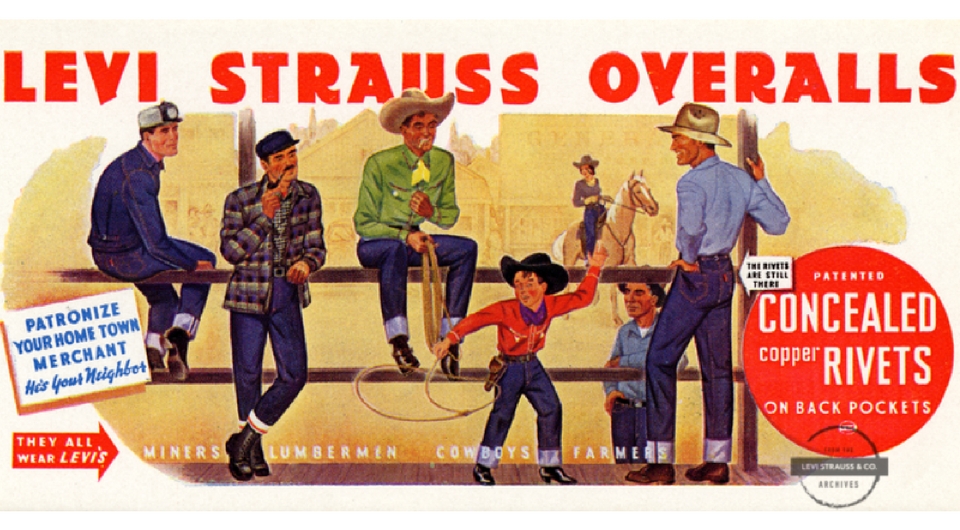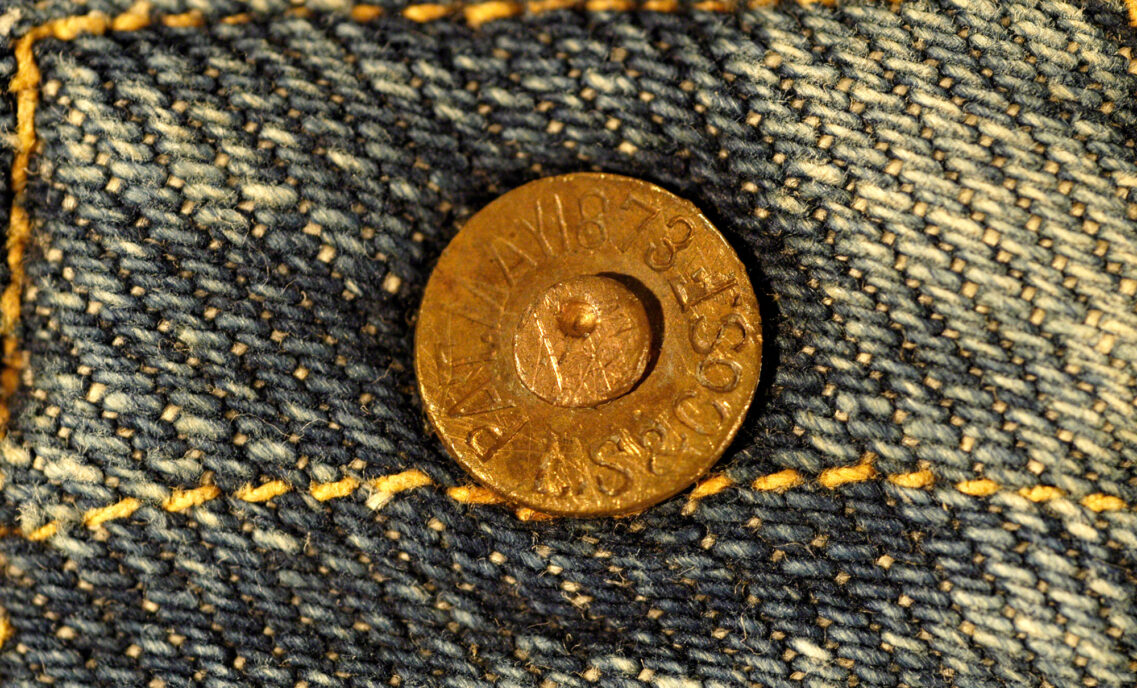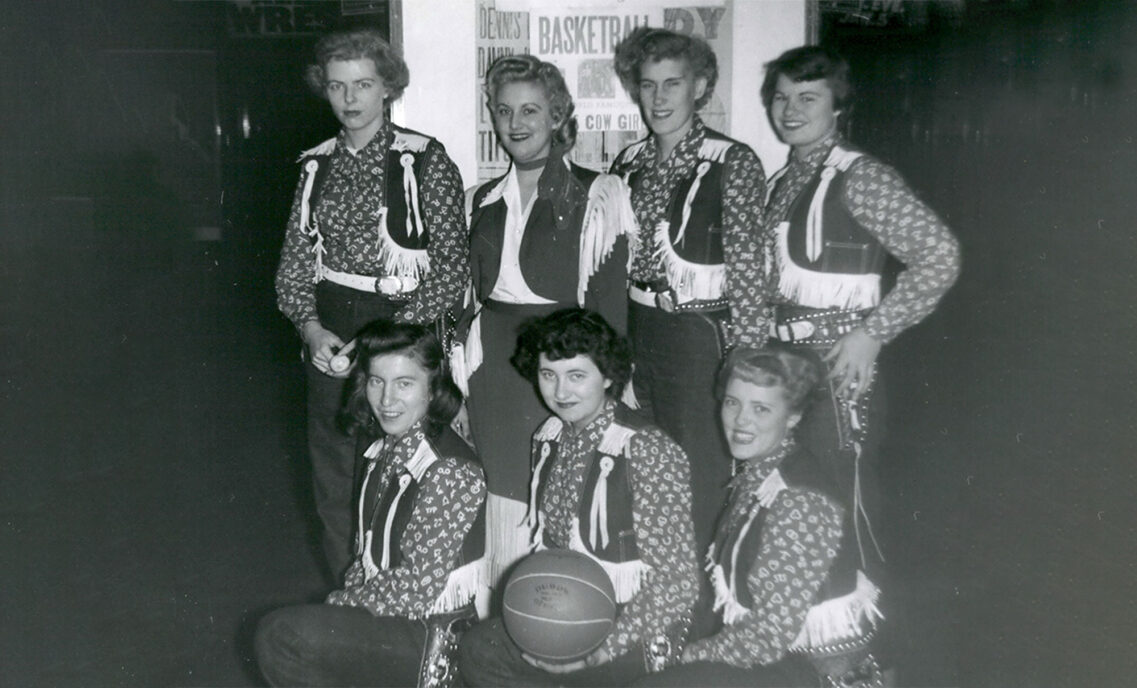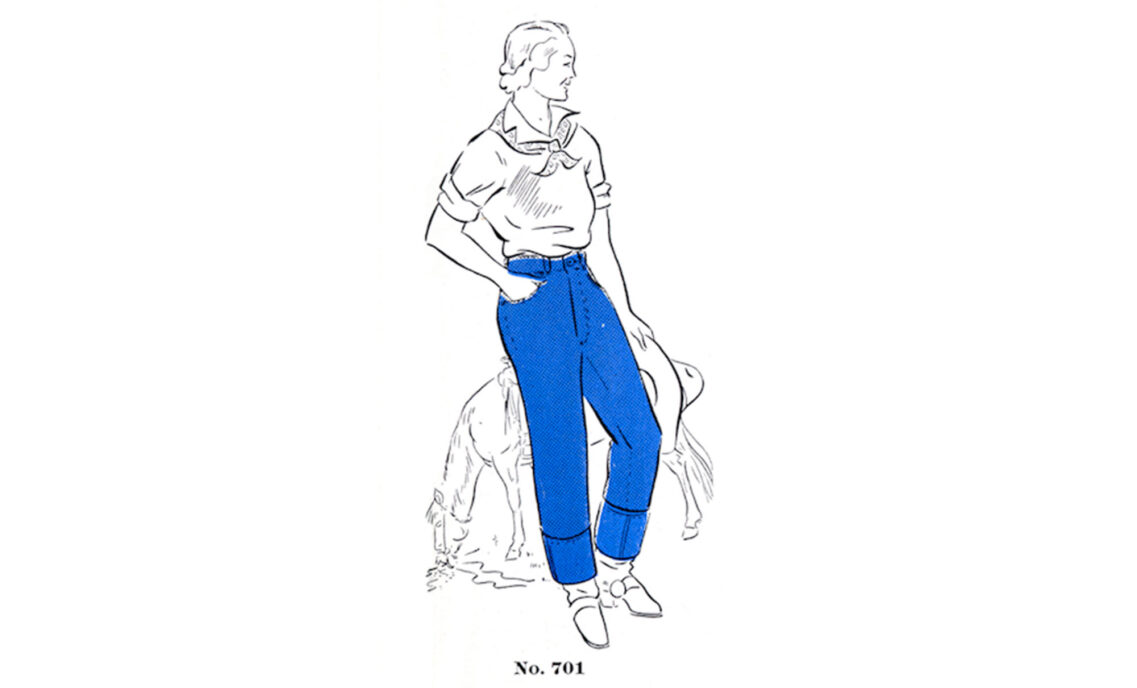It’s been 80 years since Levi Strauss & Co. last exposed the copper rivets on the back pockets of our Levi’s® 501® jeans. The story of why—and how—we took our rivets undercover might surprise you. It’s a tale of innovation, of listening to customers, and of ingenious advertising.
Exposed
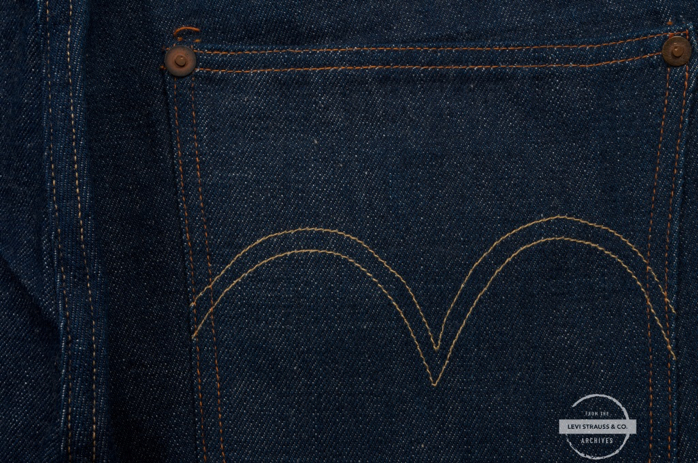
When Levi Strauss & Co. first manufactured its patent-riveted denim overalls, blue jeans, in 1873, they added a single pocket to the back right side of the pants. Like the front pockets, rivets placed at the top corners of the pockets prevented the pocket from tearing.
By 1901, LS&Co. added a second back pocket to the overalls, also securing them with rivets. The back pocket rivets remained a key feature of the pants for almost 40 more years—until someone complained. And then someone else, and yet another until the company got the message. The rivets scratched furniture and saddles and were becoming a nuisance.
The Cover Up
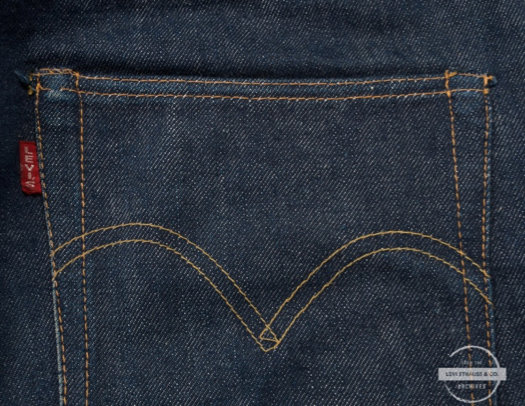
Changing a key feature of the 501® jean was a challenge—especially since customers appreciated the strength of the pocket rivets. Would altering the construction of the 501® jean reduce sales? How would customers react?
LS&Co. hit on the perfect solution. Keep the rivets on the back pockets for strength, but cover them so they didn’t scratch.
In 1937, 80 years ago, LS&Co. made the switch, taking the rivets under cover and patenting the new process as U.S. Patent No. 1999927.
Communicating the Change
LS&Co. recognized that carefully communicating the pocket construction change on the 501® jean was essential. What would be the best approach? Where and how could the change be shared?
The company decided to let the pants speak for themselves. They crafted a special notice and attached it to the pants at the very spot where the change was visible—the pocket—on brightly colored orange paper.
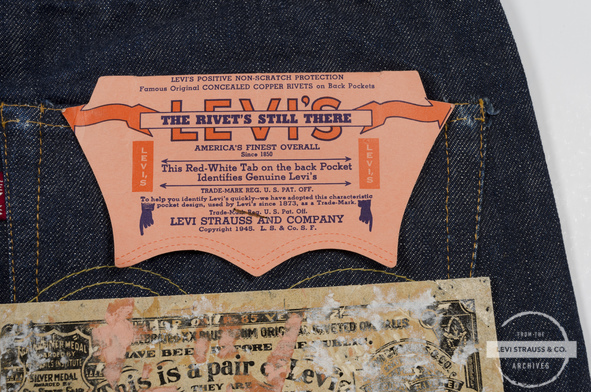
The first pocket flasher, made in a salmon color, featured arrows pointing to the corners of the pockets with the words, “The Rivet’s Still There.”
In-store advertising and retailer mailings emphasized this change as an innovation. Messaging highlighted the concealment as a bold new design feature, communicating the unusual “undercover” construction. As this advertisement declared, “Won’t Scratch Saddles, Automobiles, Furniture.”
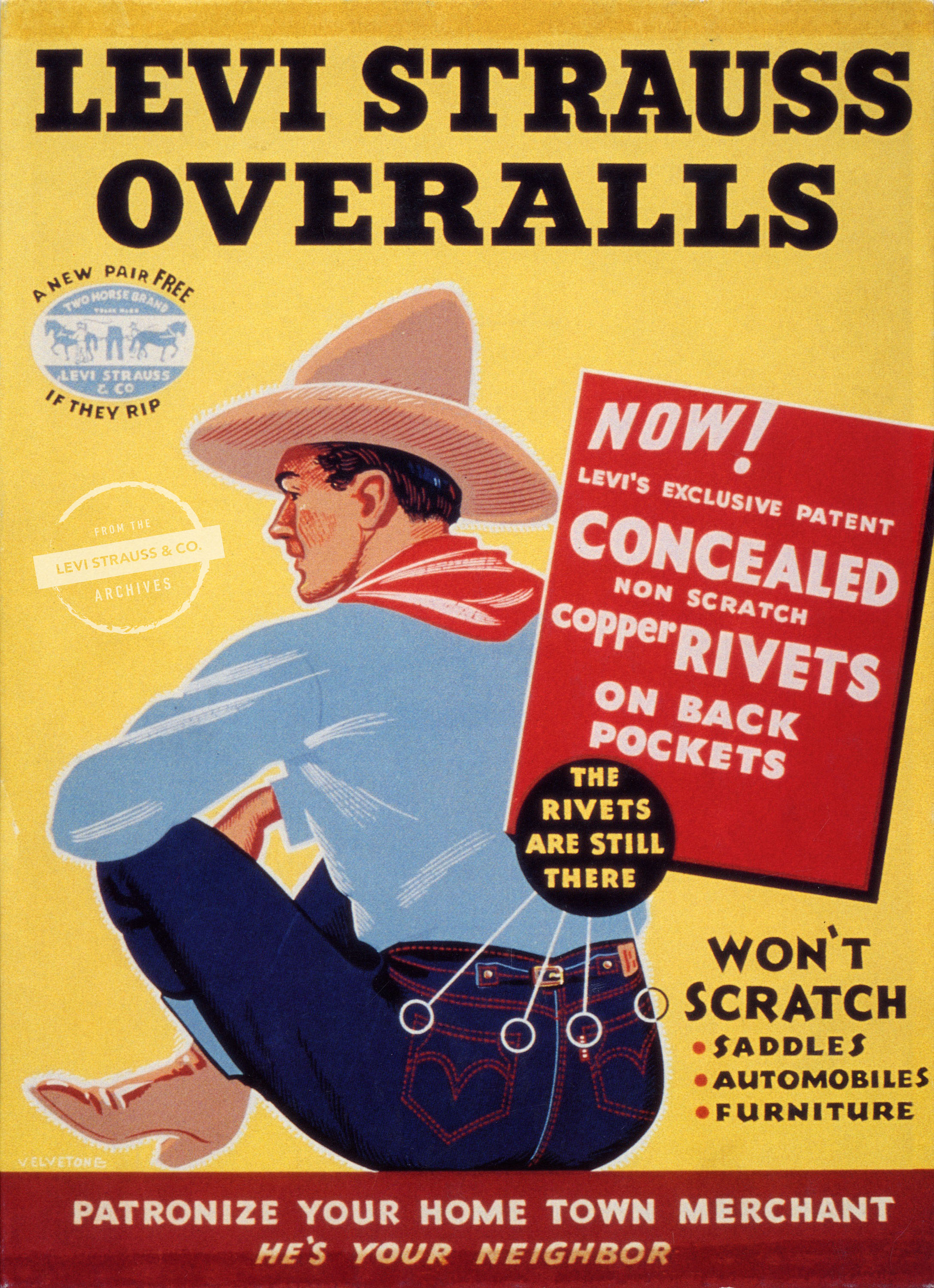
Going, Going, Gone
The concealed rivets remained hidden on the back pockets for decades, until the toughness of the rivets took their toll. Customers found that the copper rivets eventually wore through the denim, exposing them and causing the same problems that led to their being covered back in 1937.
By 1966, LS&Co. decided to remove the rivets altogether from the back pockets and replace with heavy stitching — known as bar tack stitching — a fix that remains to this day.
Want to keep up with the LS&Co. Archives and other cool LS&Co. heritage news? Follow Tracey on Twitter, @TraceyPanek, and stay tuned to Unzipped!
Like this story?
Sign up for the Unzipped newsletter to get the best of the Unzipped blog — company news and views, employee profiles, innovation and sustainability stories, behind-the-scenes and Archives highlights — sent straight to your inbox weekly.



